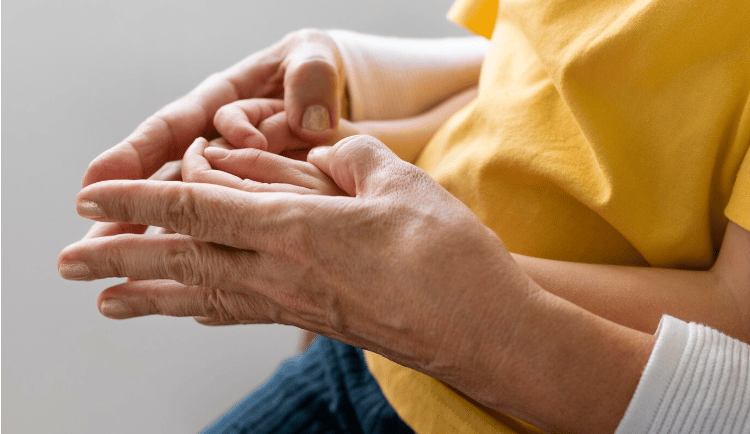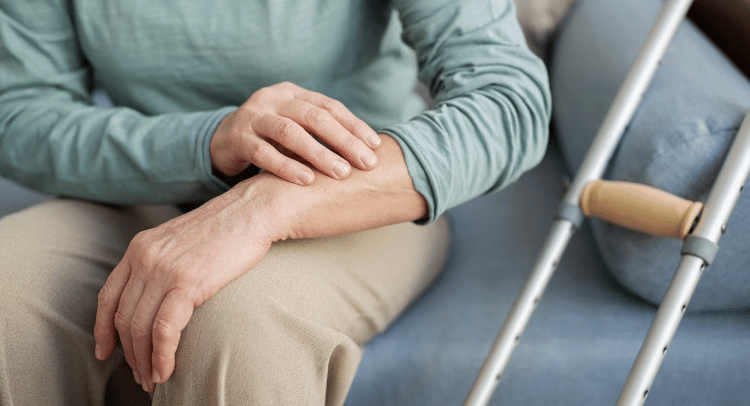Understanding Parkinson’s Disease: Causes, Symptoms, and Treatment Options


Parkinson’s disease is a progressive neurological condition that primarily affects movement and coordination. It is the result of the degeneration of neurons in a part of the brain known as the substantia nigra. These neurons produce dopamine, a neurotransmitter that plays a crucial role in sending signals to the part of the brain that controls movement. As dopamine-producing neurons deteriorate, individuals with Parkinson’s experience a variety of symptoms that worsen over time.
Common Symptoms
The progression of Parkinson’s disease varies from person to person, but most individuals experience both motor and non-motor symptoms. Here are some of the most common signs:
Tremors: Shaking or rhythmic muscle movement, especially in the hands, arms, legs, and face. Tremors typically occur at rest but may worsen with stress or fatigue.
Stiffness (Rigidity): Muscle stiffness is a hallmark symptom of Parkinson’s. This rigidity makes it difficult to move freely, leading to discomfort or pain.
Bradykinesia: The term bradykinesia refers to slowness of movement. It can manifest as difficulty in initiating movements, such as standing up from a chair or walking.
Impaired Balance and Posture: As the disease progresses, individuals may develop problems with balance, making them more prone to falls. Postural instability is another common symptom, leading to a forward-stooped stance.
Non-Motor Symptoms: Parkinson’s disease can also cause non-motor symptoms like depression, anxiety, sleep disturbances, fatigue, and cognitive impairment. These symptoms often have a significant impact on a person's quality of life.
Causes of Parkinson’s Disease
The exact cause of Parkinson’s disease remains unknown. However, research points to a combination of genetic and environmental factors that may trigger the onset of the disease:
Genetics: Although most cases of Parkinson’s are sporadic, around 15% of individuals with Parkinson’s have a family history of the condition. Mutations in certain genes (such as SNCA, LRRK2, and PARK2) have been linked to the disease.
Environmental Factors: Exposure to toxins such as pesticides and heavy metals, as well as repeated head injuries, may increase the risk of developing Parkinson’s disease. Researchers continue to study the complex interactions between these risk factors and their role in the onset of the disease.
Importance of Early Diagnosis
Identifying Parkinson’s disease in its early stages is critical for better management. Although there is no cure, early diagnosis allows for timely intervention to slow symptom progression and improve quality of life.
Diagnosis is primarily based on a patient’s medical history, symptoms, and a neurological examination. Brain imaging tests like MRI or PET scans may be used to rule out other conditions, but they cannot definitively diagnose Parkinson’s. It's also important to note that there is no single test for Parkinson’s; diagnosis often relies on clinical observation.
Treatment Options
While there is no cure for Parkinson’s disease, several treatment options can help manage symptoms effectively. These include medications, physical therapy, and, in some cases, surgery:
Medications:
Levodopa: The most widely prescribed treatment for Parkinson’s, Levodopa is converted into dopamine in the brain. It is usually combined with carbidopa to prevent premature breakdown before it reaches the brain.
Dopamine Agonists: These medications mimic dopamine's effects in the brain and can be used either alone or with Levodopa.
MAO-B Inhibitors: Monoamine oxidase-B inhibitors can slow the breakdown of dopamine in the brain, helping to maintain its levels for longer.
Physical and Occupational Therapy:
Physical Therapy: Exercise and physical therapy are essential for maintaining mobility, strength, and balance. This can help manage stiffness and improve posture.
Occupational Therapy: This therapy focuses on helping individuals adapt to daily life, offering tools and techniques to make everyday tasks easier.
Surgical Treatments:
Deep Brain Stimulation (DBS): For some individuals with advanced Parkinson’s, DBS may be an option. Electrodes are surgically implanted in the brain to deliver electrical impulses, which can help regulate abnormal movement patterns.
Lifestyle Modifications:
A healthy diet and regular exercise can support both physical and mental health in Parkinson’s patients. Stress management techniques such as yoga or meditation may also help alleviate some of the non-motor symptoms like anxiety and depression.
Living with Parkinson’s
Living with Parkinson’s disease presents unique challenges, but with the right care and support, individuals can continue to lead fulfilling lives. Support from family members, caregivers, and healthcare professionals is crucial in helping patients manage the physical and emotional toll of the disease.
There are also Parkinson’s support groups, both locally and online, that provide a sense of community and resources for those affected by the disease. Staying engaged in activities, pursuing hobbies, and maintaining an active social life can have a significant positive impact on both physical and mental well-being.
While Parkinson’s disease affects movement and cognitive function, early diagnosis and comprehensive treatment can make a significant difference. Through medications, therapies, and lifestyle changes, many people with Parkinson’s can manage their symptoms and maintain a good quality of life. Continuing to raise awareness and fund research is essential in the fight to find a cure for this life-altering condition.
Further Reading:
These resources provide more comprehensive information on Parkinson’s disease, its causes, symptoms, and the latest treatment advancements.




